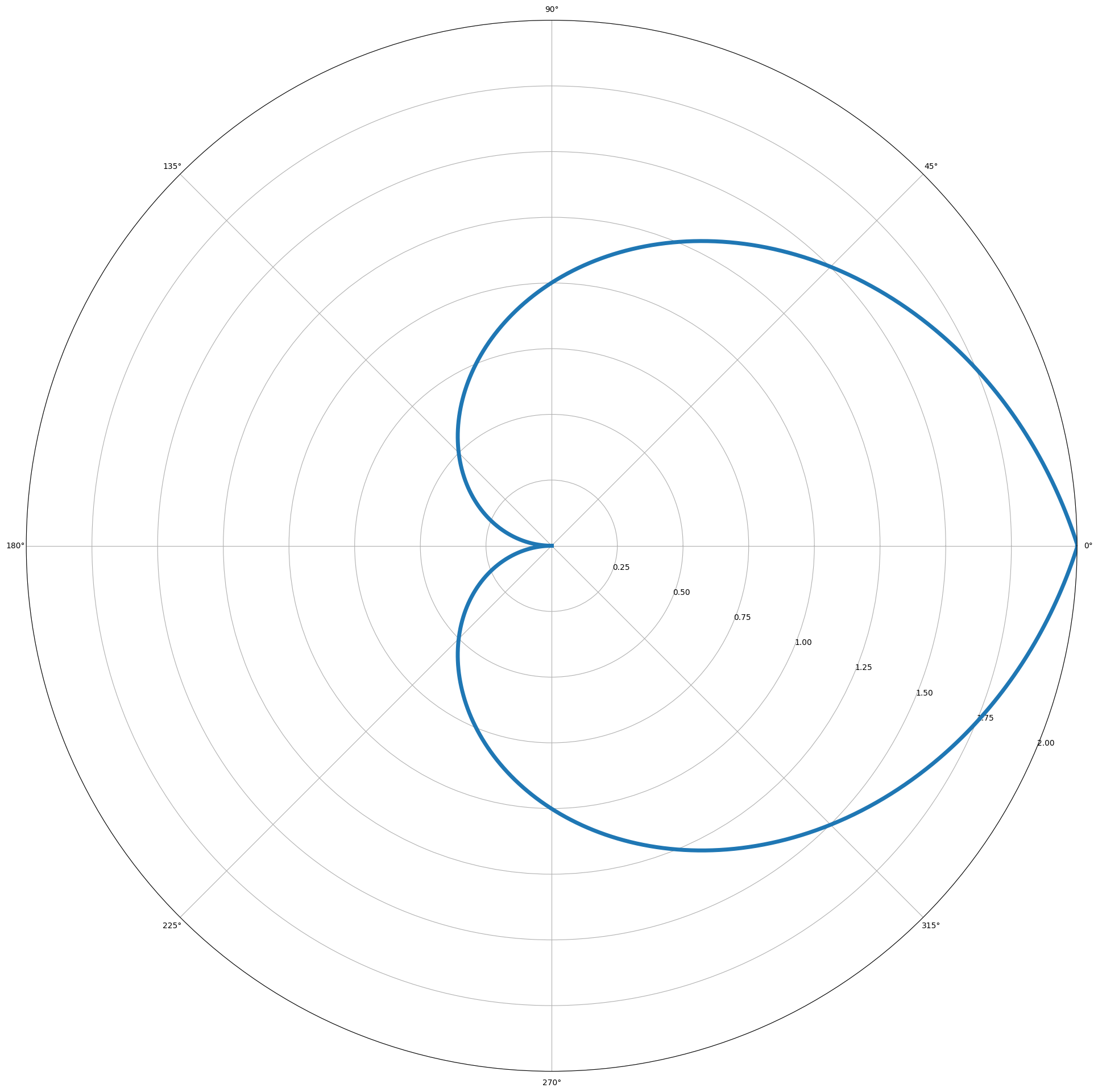Antenna Basics
What is an Antenna?
An antenna is a type of transducer that either receives or transmits electromagnetic waves.
To illustrate, it can be represented as follows:
It’s important to note that electromagnetic waves and radio waves are not the same thing.
Radio waves are a type of electromagnetic wave with a lower frequency compared to other electromagnetic waves.
In the diagram above, “electromagnetic waves” and “medium” are generalized terms, but in most cases, antennas are used to transmit or receive “radio waves” through the air.
Physically, an antenna is composed of conductors and surrounding materials.
The characteristics of an antenna are determined by the properties and arrangement of these materials.
Various types of antennas have been devised, such as monopole antennas and patch antennas (microstrip antennas).
General Characteristics of Antennas
Antennas behave differently when transmitting and receiving, so their characteristics should ideally be examined separately.
However, it is known that there is a dual relationship between transmission and reception.
Thus, when discussing antennas, it is common to refer to characteristics related to transmission (and this will be the focus here).
Generally, antennas have the following characteristics:
Directional Bias
First, the energy of electromagnetic waves emitted by an antenna is often not radiated uniformly in space.
It tends to be stronger in certain directions and weaker in others.
Frequency Bias
Similarly, the characteristics related to frequency are not uniform.
The antenna may radiate efficiently at specific frequencies, but be less efficient at frequencies away from this range.
Description of Antenna Characteristics
Directional Bias
Characteristics describing “directional bias” include directivity, gain, and radiation pattern.
Directivity
First, a reference antenna that radiates equally in all directions is used.
Directivity refers to the ratio of the intensity of radiation from the antenna to that of the reference antenna when both are supplied with the same power.
According to this definition, directivity varies with direction, but if no specific direction is mentioned, “directivity” generally refers to the maximum value in all directions.
In other words, if “the directivity of this antenna is 3,” it means that the antenna radiates in a direction with three times the intensity of the reference antenna.
Gain
Gain is the product of directivity and efficiency.
Efficiency represents the internal power’s resistance loss (ohmic loss) and is the ratio of the total radiated power to the input power.
Radiation Pattern
The radiation pattern geometrically represents the relative intensity.
This is more easily understood by looking at a diagram.

In short, the directivity in each direction is plotted on a polar basis, similar to a radar chart.
This diagram visualizes the directivity of the antenna.
Frequency Bias
Equivalent Resonant Circuit
Frequency characteristics are described by showing an equivalent resonant circuit of the antenna.
Transmission
Reception
Signals close to the resonant frequency of the circuit are radiated efficiently.
Bandwidth
In terms of the resonant circuit, the bandwidth is the range between the lower and upper frequencies at which the power level is half of that at the resonant frequency.

